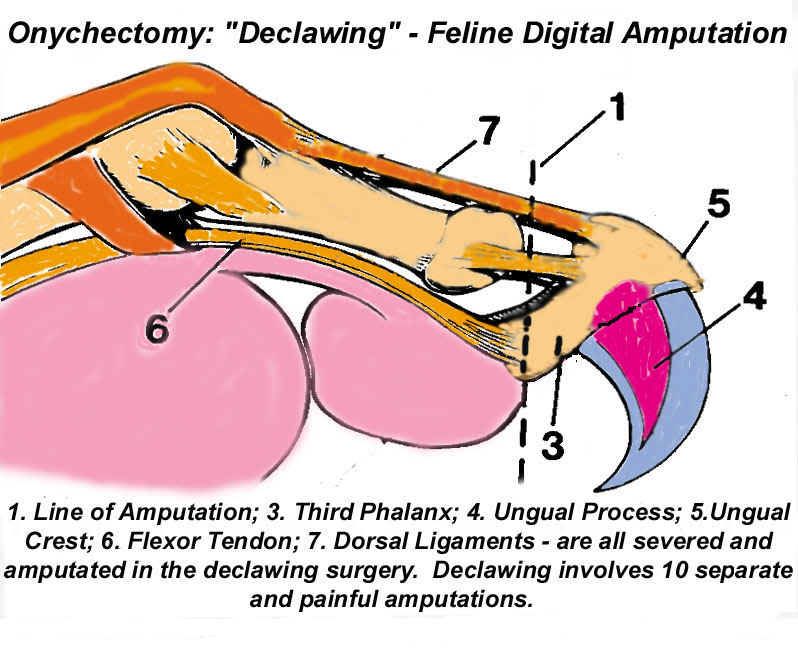Melanie, a subscriber here at Ark Animals asked,
Why in God’s name are puppies, so expensive? It seems like the Humane Society is making animals rare, and it gets harder to have a pet.
This was an interesting question for several reasons but I am not sure what Humane Society you are referring to.
Across the United States there are a ton of sheltering agencies and humane societies–here is a quick overview:
Animal Control Agencies aka Animal Services
These are groups responsible for animal regulation and control. They are usually county or city municipal agencies and can also be found under the name of “Animal Services.”
Many will have Animal Control Officers and patrols who are responsible for enforcing local ordinances, humane treatment of animals, and the pick up and housing of stray animals.
Animals wandering around town are considered strays whether they have a collar on or not. In most areas, by law (or local ordinances), the animals that are found by the public have to be relinquished to these agencies.
Animal Shelters
These agencies may overlap with the others. Animal shelters are most commonly thought of as those agencies giving shelter to animals from a variety of situations.
These could be: abused animals, rescued animals, strays, or owner relinquished animals.
Sometimes they will be privately run, or perhaps contracted by the municipality to house animals in an animal control capacity.
They can also be local veterinarians in small towns that do not support having a full-time agency of this sort.
Humane Officers usually perform the same or similar types of functions as Animal Control Officers.
Humane Societies
These groups vary greatly. There are some national agencies and thousands of smaller ones across the United States.
Most people think that the American Humane Association (AHA) and the Humane Society of the United States (HSUS) are actually shelters but each is a private organization and not related to the others.
Plus, AHA & HSUS do not house animals but instead work on projects that educate or try to eradicate issues animals face with the goal of national (and sometimes international) welfare of animals.
Each humane society (large or small) is a separate business responsible for their own rules and operations.
Many facilities or organizations will provide sheltering for owner relinquished animals only and will not take strays; others will contract with local cities and provide animal control and sheltering functions also.
Some will not have facilities but will provide foster homes for animals in their area or raise funds for animal related projects.
Of course there are other types of animal rescue groups–but rather than spend a lot of time on that part of the question I’ll move on.
Scarcity of Pets?
Now I am not sure where you live, but pets are certainly not rare.
An abundance of homeless or relinquished animals pass through animal facilities each year here in the United States.
However, if you have been around a while, it might seem like the numbers are dwindling.
When I began focusing my career primarily with domestic animals, the shelter reliquishment numbers were estimated to be around 20 million per year.
Happily (or unhappily depending on your viewpoint) the number today is estimated at about 4 million instead.
That is a significant reduction BUT these numbers concern pets without homes–so there really isn’t a shortage.
Pricey Pets?
When it comes to obtaining a pet, the costs vary according to where you might obtain one.
The last time I heard, lower priced animals might be around a hundred US dollars. However, professional breeders might charge fees that range into the thousands.
The thing is, no matter where you decide to get a pet (humane society, animal services, breeder, pet shop, rescue group, private breeder, insert-your-source-here) pets ARE pricey.
They need food, grooming, training, veterinary care, annual wellness visits, bedding, leashes & collars, bowls, toys, and a variety of other items.
If you are a pet owner today, it is probably wise to invest in pet insurance as well.
Now part of this is due to inflation.
The last I heard, that is estimated to be increasing at at least 3% annually.
This is why you see everything getting more expensive.
But the other part of this equation might be that interest in pets is on the rise–and so prices go up with the demand or popularity.
Take designer dogs, a lot of mutts are now being marketed as “unique breeds.”
I constantly shake my head when I see a “pet breed” that was simply considered an accident twenty years ago that is now sold for a lot of moola as more people get innovative in their marketing of their livestock.
Now, adoption or breed rescue facilities are viewed as more palatable these days and I think some people think they should provide animals at bargain basement prices.
Those same people might not think about paying a breeder big bucks for an animal.
I haven’t looked at the numbers lately, but at one time 25% of all animals in a shelter or similar facility were purebreds.
In my area I certainly see a lot of purebred animals in need of homes–but not all people want to pay the big bucks for an animal that has been rescued–they want a deal.
I equate it to the thrift store attitude because if you are like most people, you are not willing to pay 500 dollars for a designer something-or-other at a thrift store. You want it for much, much less.
Do people really believe that previously owned pets should be cheaper?
Any time you obtain an animal from any agency, the pricing adjusts with the need for feeding, care, upkeep, staffing insurance, etc., but also to make sure the person makes a financial commitment to the animal along with the emotional one.
The thought behind it is that the investment makes people less likely to discard the animal.
I personally don’t know if that really works out–which is why I am working on the Pet Parenting School (a pet retention program).
There are millions of animals that end up in animal shelters and animal control agencies despite any fees paid for them–so there isn’t a shortage at all.
As for finding a pet for yourself, your family, or a friend, I think it is just a matter of searching for a source that is more in alignment with your budget.
Or, like many people, you can wait for a wayward animal to show up on your doorstep and adopt you!
Any way pet ownership happens–it is going to be a serious investment.
Thanks for the question Melanie, I hope this has helped you.
Photo Credit: Daniel Gies



